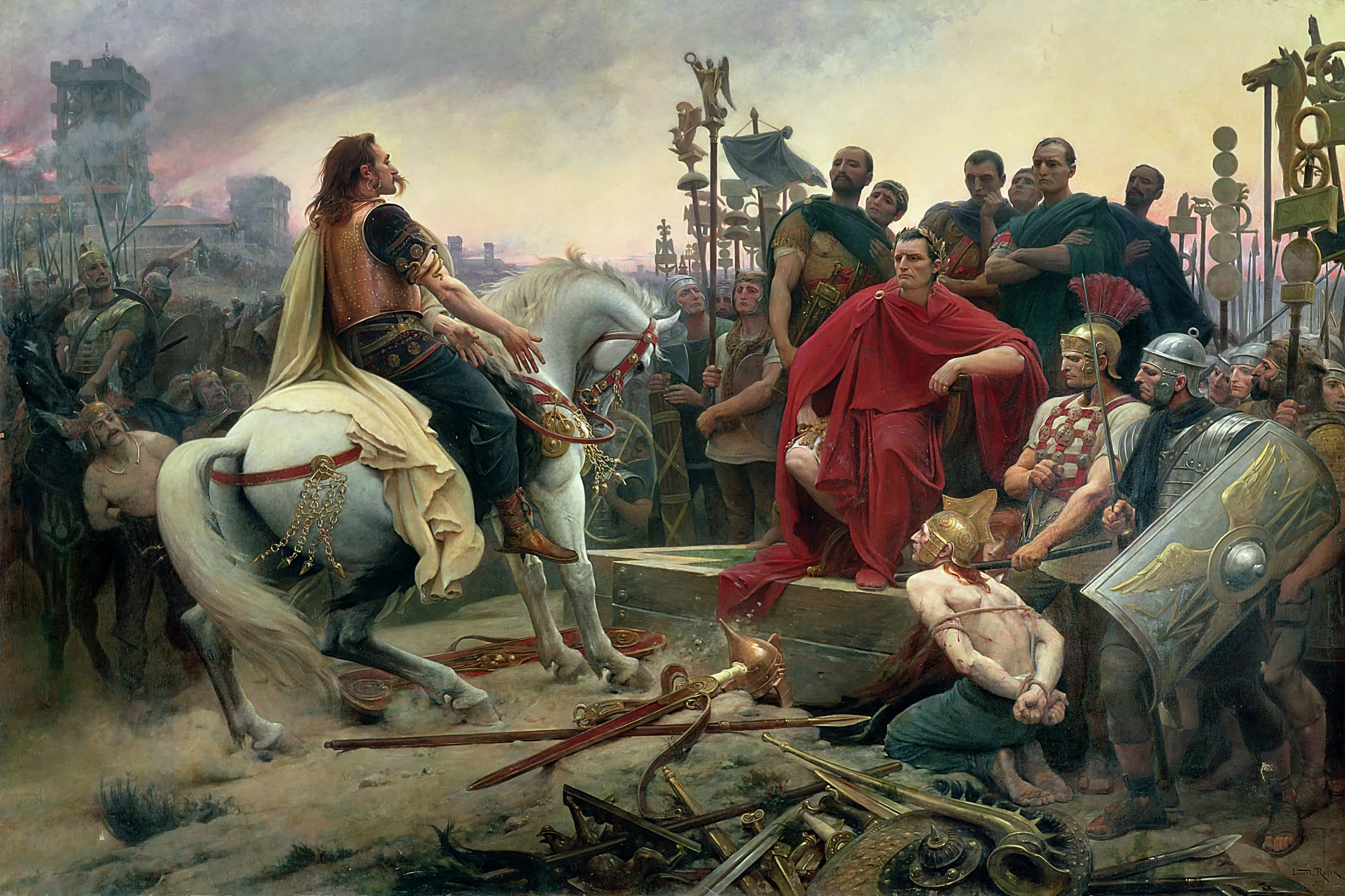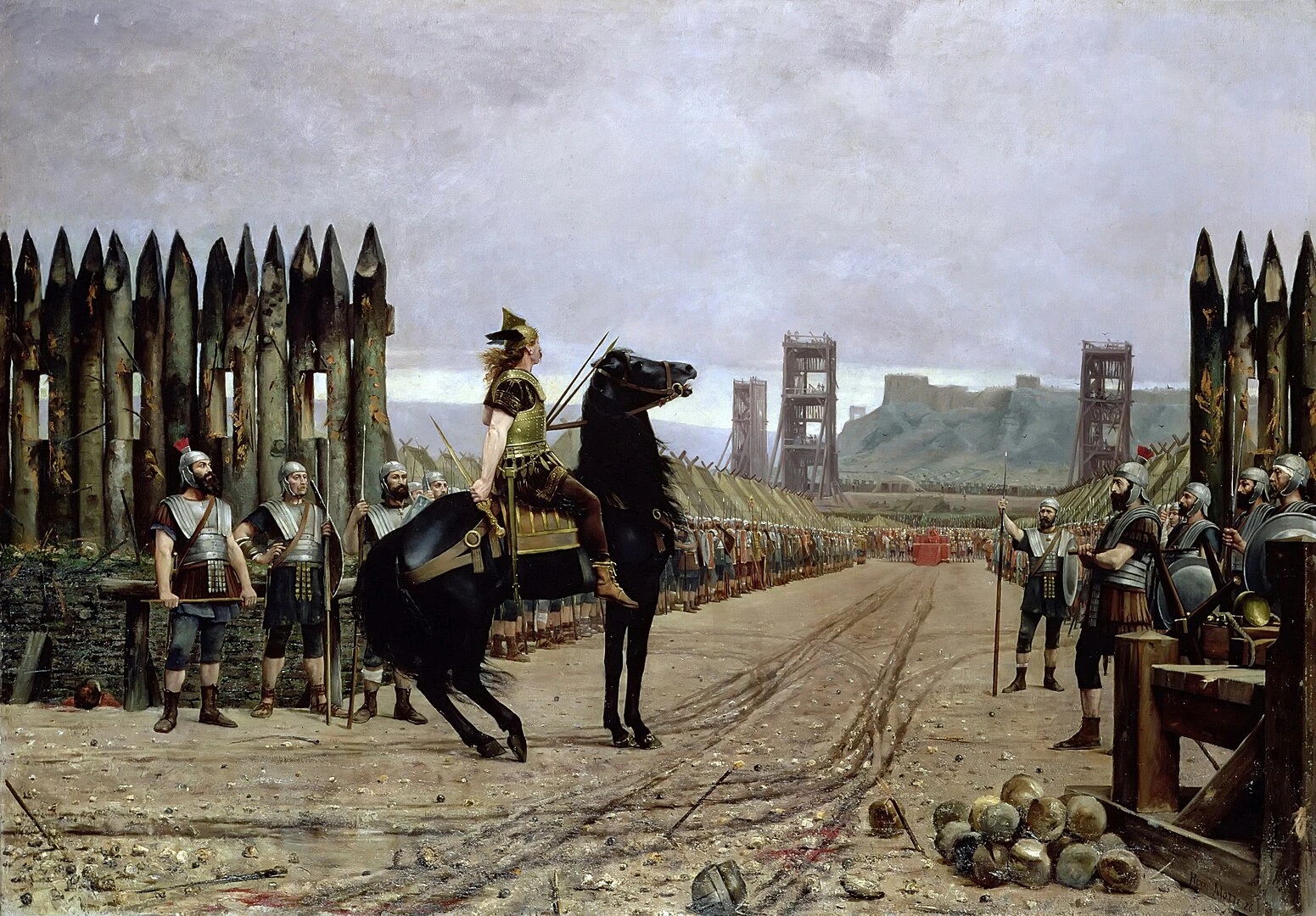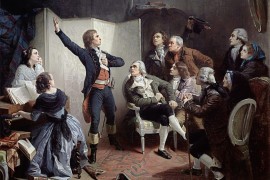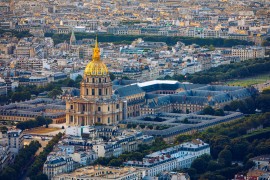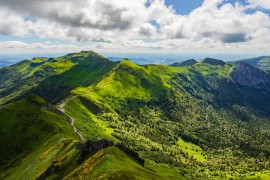A young Gaulish chief succeeds in uniting the Gauls against Caesar
Jules César a fait ouvrir les portes. Au loin un fracas. That of weapons as the last Gallic warriors surrender their weapons in every sense of the word as they throw them from the top of the wooden walls that protect Alésia. They are defeated. Cheminant depuis la colline, un cheval entouré d'hommes à pied. No doubt about it. It's Vercingetorix. The young Arverne leader who has achieved the incredible: federating the largest number of Gallic tribes against him, Caesar, the man from Rome. The young warrior convinced the great tribes to follow him in his fight against this first pernicious then frankly harsh stranglehold that the Romans wanted to impose.
Victories before final defeat
Caesar won the armchair of the victor. And yet even he, the great general, wasn't sure of victory. Gergovie was a disaster, surprised by the Gauls, he had to retreat. His troops literally starved to death when the Gauls applied the terre brulée policy, an idea of Vercingetorix's. Burning the slightest field, the slightest house, towns sometimes to prevent the Romans from feeding themselves, and therefore advancing. And there was Alésia.
Par Lionel Royer — Musée CROZATIER du Puy-en-Velay. — http://www.mairie-le-puy-en-velay.fr.http://forum.artinvestment.ru/blog.php?b=273473&langid=5, Domaine public, https://commons.wikimedia.org/w/index.php?curid=1218850
Approaching the Roman camp, Vercingetorix is silent. His men too. He discovers up close what he was seeing in the distance. More than 30 kms of ramparts, towers, hundreds of traps. A wall to prevent warriors from going hunting. He knows that behind this wall there is a second enclosure of the same length. This one is made to protect the legions from an outside attack. A wise precaution on the part of the Romans, who were able to repel the relief army that the Gallic peoples sent, a little late, to save Alesia. Vercingetorix presents himself to Caesar. He dismounts from horse. He throws down his weapons in front of the dais, and removes the golden torque that encircles his neck. La marque du chef. C'est presque nu qu'il fait trois fois autour de l'estrade avant ployer le genou et de avouer vaincu. Caesar has won the siege of Alesia.
When the defeated becomes a symbol...
The two men will meet again 6 years later one last time. Vercingetorix, covered in chains, will parade at the rear of Caesar's chariot at the moment of his triumph before being strangled. His body will be vowed to the gémonies, the staircase of shame in Rome, before being thrown into the Tiber. The symbol, however, will continue to stir the imagination of mankind, a symbol of the fight for freedom initiated by our Gallic predecessors, and continued by the French;
Walking in the footsteps of Vercingetorix
The site of Alesia was rediscovered in the 19th century in Burgundy at Alise Sainte Reine. The site is home to the muséo-parc Alesia, where you can discover the history of the siege of Alesia in situ, with apassionate museum space, where you can do lots of activities, including an investigation, a place for the whole family to discover. The website provides a wealth of information and documents, including 3D reconstructions via video;
Où ?
The Muséo-Parc Alésia is located :
1, route des Trois Ormeaux
21150 Alise-Sainte-Reine
Henri-Paul Motte, Vercingetorix surrenders to Caesar, https://i019.radikal.ru/1405/8b/4335ef2ca472.jpghttps://forum.artinvestment.ru/blog.php?b=273473&langid=5, Domaine public, https://commons.wikimedia.org/w/index.php?curid=65674940
FAQ
Who was Vercingetorix?
Vercingetorix was an Arverne chieftain who united several Gallic peoples against Julius Caesar during the Gallic War.
What victory did Vercingetorix win?
He won the battle of Gergovia in 52 BC, an important victory that forced Caesar to retreat.
What did Vercingetorix do at Alesia?
Entrenched in the town of Alesia, he resisted the Roman siege before surrendering to Caesar in 52 BC.
How did Vercingetorix die?
Vercingetorix was taken to Rome, exhibited at Caesar's triumph and then executed, probably strangled.
Why is Vercingetorix a symbol for France?
Because he embodies resistance, Gallic unity and sacrifice in the face of the Roman occupiers.

